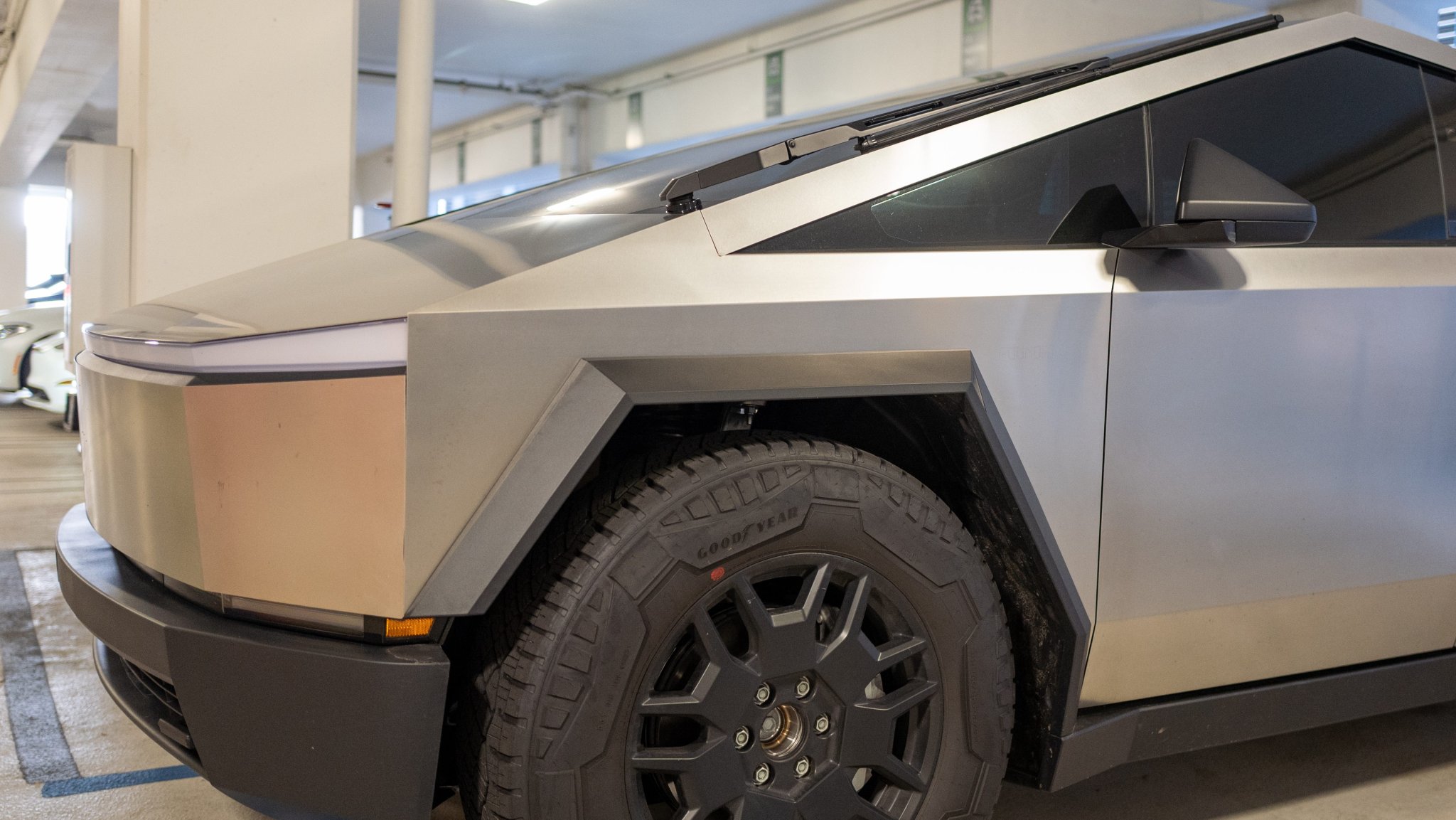

The Cybertruck’s windshield wiper woes have led to an official recall that applies to over 11,000 Tesla electric pickups, covering virtually every unit sold since the vehicle entered production last November. This is the latest defect plaguing the Cybertruck, although NHTSA issuing a recall for the wipers is not surprising: there were multiple reports of malfunctioning wipers prior to the recall, which is due to the wiper motor controller failing as a result of “electrical overstress,” as NHTSA describes.
Just for good measure, regulators also announced another recall overlapping with that of the wiper, due to trim pieces on the bed, or trunk, of the Cybertruck that could come lose and fly off the EV while driving. That way, Cybertruck owners not only run the risk of being blinded by rain themselves, but they could also blind other drivers with rogue trim. How considerate.

The windshield wiper campaign involves 11,688 examples of the 2024 Tesla Cybertruck built from mid-November 2023 through early June 2024. In other words, almost all of them, though Tesla estimates only 2% of these vehicles actually exhibit the problem, per the NHTSA report. The trunk trim recall involves slightly fewer units, at 11,383, largely because of a shorter production window during which the defect may be observed; this other recall applies to 2024 models produced through late May as opposed to June.
The wiper motors have been failing due to “electrical overstress” during functional testing, which sounds like the components failed due to harsh functionality trials. But Guidehouse Insights analyst Sam Abuelsamid tells Reuters that the wiper motor failures “shouldn’t come as a surprise,” and goes on to say, “This is the largest individual wiper ever used on a light duty vehicle with a 4-foot-long (1.22 meter) blade. That exceptional long lever arm puts a lot of stress on the motor and there have been a lot of anecdotal reports popping up since early in production of failures.”
Tesla says that it will replace wiper motors that have failed, and also that its supplier is modifying the wiper motor test, presumably, to put less stress on the component when testing. It sounds like Tesla and the supplier are doing so in the hope that this will prevent new motors from failing, but it reads like an admission of less-rigorous testing. Time will tell if the long, floppy wipers will no longer stress the motor to the point of failure. Driving in rain without the wiper(s) is easy to dismiss as a mild inconvenience, but it poses a major hazard even in mild rain. It’s damn near impossible to see where you’re going unless you stick your head out the window, which is not something anyone should have to do in a new car.
In the case of the trunk trim, the defect traces back to the adhesive used to affix the “sail applique” along the outer exterior of the bed, which is how NHTSA refers to the trim pieces. It’s possible that the glue used to apply the parts was not strong enough to retain them on the Cybertruck, or that the parts may not have been installed according to spec, thereby leading to the possibility of these separating from the Cybertruck. Tesla will glue the parts back on ensuring “sufficient adhesion” or it will replace trim pieces that have dislodged from the Cybertruck free of charge.
These are just the latest issues affecting the Cybertruck, which Reuters says has not yet reached mass production. Elon Musk is aiming for 200,000 Cybertrucks made annually, and envisions the potential to build 250,000 models per year by 2025—meaning these issues could merely be the tip of the crudely-drawn spear.

Got tips? Send ’em to tips@thedrive.com